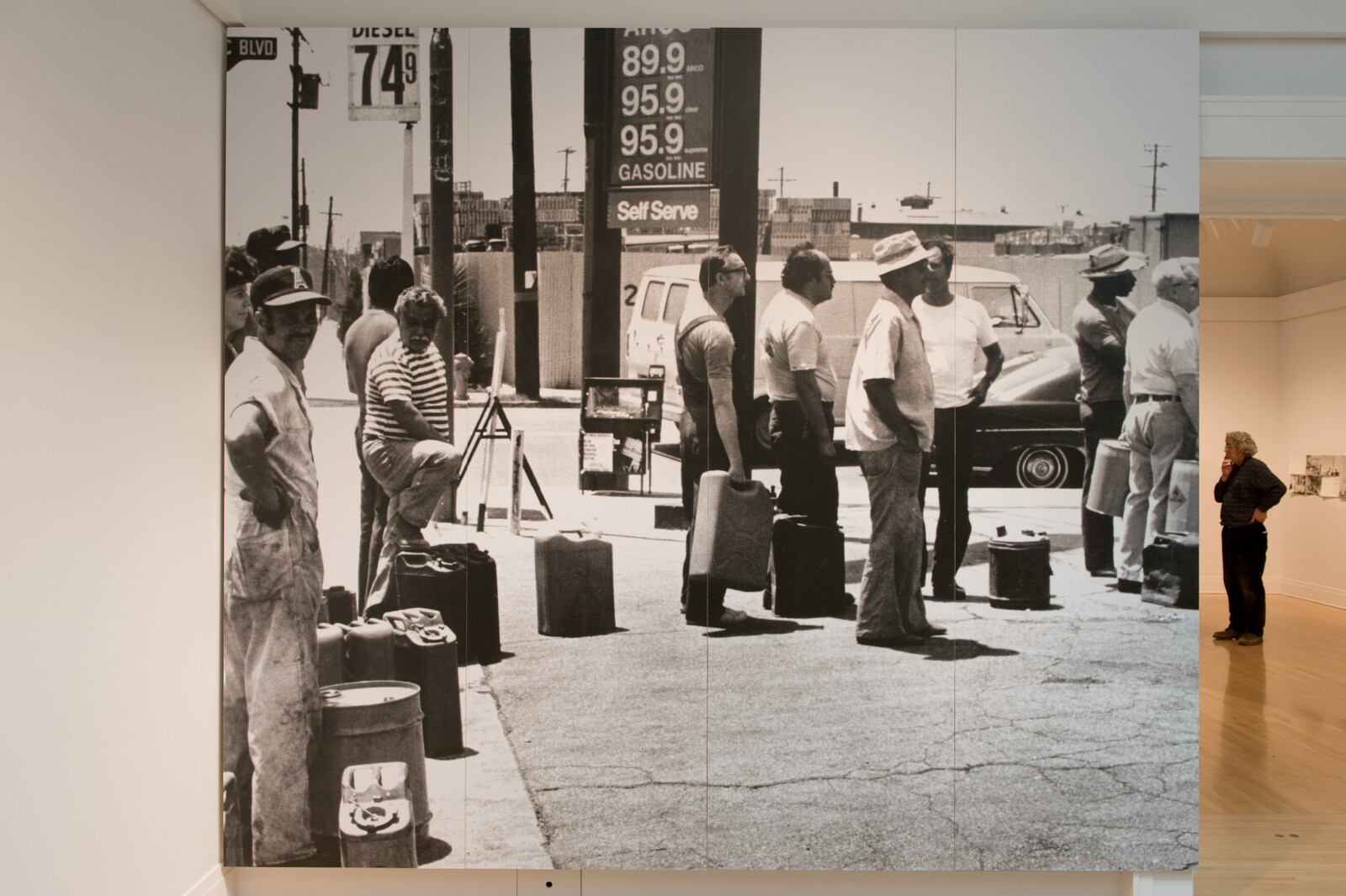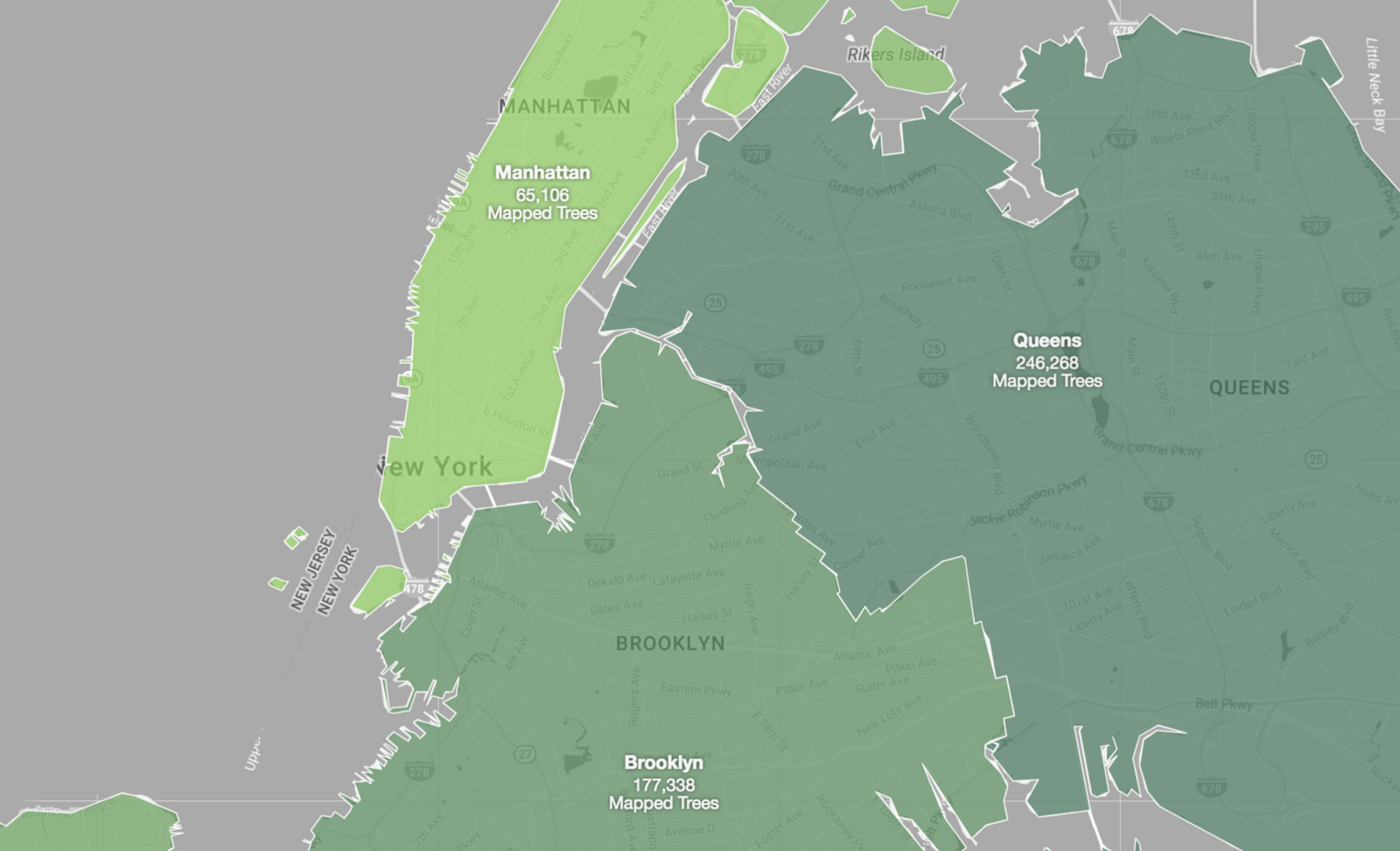Thanos Zartaloudis The urban protocols started as a collection of images, designs, photographs, and sketches, which later took a new form in Archipelago of Protocols.1 No direct explanation is, however, given in the book concerning their character, form, or manner. How could a dialogue be initiated about this peculiar textual, literary, architectural exercise, or what appears to be, at first sight, an essential difference between architectural writing and legal writing or law-making? How can we think of this relationship as other than the mere observance of disciplinary limits? How can the relation be experienced as other than naively negative, whereby architecture “creates” and law “limits”? The starting point instead, in my mind, would be to not predetermine what “architecture” and “law” can “do” in any given sense.
Aristide Antonas Let’s begin with this difficulty of determining a definition or the ends of the protocols, which exposes the limits of their form. It also points to how this exercise of writing becomes, at the same time, interesting and dangerous. We both know that the difference between the literary and the, let’s call it, practical aspects of the protocols is not some supposed crude difference between law and architecture, but is much more complex. The difference between the literary and the practical side of the protocols is condensed in a key word that has become quite banal in contemporary discourse: sovereignty. How sovereign is somebody when operating through a protocol? There is nothing wrong with the banality of sovereignty, and the protocols reckon with the double bind that structures it. There is an idealization in sovereignty, which is why it is related to a non-economical and unbalanceable concept of freedom. It is as if sovereignty equals freedom in its most pure form. Freedom can only be conceived as a process of liberation, as the invention of a protocol of overthrow, or one of protection from an increasingly invisible violence. In this sense, sovereignty also depends on a paradigmatically absolute commitment to protocols; only protocols can represent or destroy definitive conditions. Thus, the idealization in sovereignty is ruled by protocols. And it is through protocols that sovereignty can be defined, at the same time, as freedom and subjection.
This is the banality and the double bind of sovereignty I am referring to. Yet instead of rejecting, denying, or ignoring this paradox, we should welcome, affirm, and maybe even structure it; program a fiction for it within contemporary political thought. Addressing banality in its poverty is an ambitious task today, since significant changes to the experience of the “social” have taken place. I don’t think this banality is formulated positively yet in either law or architecture. It is still, in a way, addressed through an unquestioned theologico-political glorification of “sovereignty.” It is, in a sense, through this banality of sovereignty that the protocols become interesting as literary texts. And it is, at the same time, through that very same mode of addressing sovereignty that they can become powerful. It is a problematic power they possess, and the work we did was to produce a literary fiction and give shape to that very problematic. Sovereignty has long aimed at conceiving a fictional self-consistency. This is, in a sense, its power. The protocols render sovereignty both as a naïve concept of political science and as an attempt to describe a new type of “power” that replaces or displaces law to a functional caricature of “law.”
How can sovereignty, however, be understood in a post-network social sphere? It survives as either a meaningless word uttered before a proliferation of powers, or as pointing to an impossibility, in its absolute definition. Yet with the protocols, we observe a possible transformation of sovereignty into an altered, though persistent, notion. So the protocols make it possible to tweak the consistency of sovereignty in its self-glorifying way, while making a mockery of it by taking it seriously. In so doing, the protocols propose a redefinition of “sovereignty.” What if we program different forms of “sovereignty” with the use of equally fictional protocols? What if we could “install” a form of life as an open script, a willful submission to this caricature of sovereign command? A submission of this type produces a type of action that effectively has the same character of the fulfilment of one’s desire. This is the paradox on which the protocols were founded. The key question lies at the cognized character, or lack thereof, of a certain commitment. We no longer possess, it seems to me, positive or affirmative views of the self and the social.
TZ Nor of law. What can consistency mean today if not also a rethinking of law’s practices? It is perhaps exactly this that takes place when the protocols claim a differentiation from sovereign practices of law-making. At the same time, they cannot escape their own making as such, and thus their own problematic authorship and in some sense their persistent “sovereignty.” We prefer to affirm this banality and, at the same time, understand the protocols as a means through which not only sovereignty is banalized, but also the protocols themselves (and their own “sovereignty,” or better, consistency). Banality, as we know well, is an experience, first, of language (“our” linguistic being to the extent that we speak and write and insofar as we do so). The naively prosaic composition we have purposefully attempted in the protocols is the experience, inescapably, of the protocols of enunciation and creativity more generally. Banal or not, then, I think one learns that things have to be made. And making things entails protocols of one form or another, or what the Romans called “cases/things”—the making of a thing (res) as its case (casus), which is at the same time the instantiation of a continuous and immanent potentiality (potestas, power). What remains intriguing is the risk of positing a protocol; the protocol that utters and stutters, legislates and decomposes, intersects and collapses. That, for me, is the problem as much as the intriguing heart of the matter: these fictional constructions, these protocols, are somehow made though living and “ruling,” though they are also outside of our control. The key was, and still is to understand the experience of constructing a situation while allowing the construction to enliven (to free) its inhabitants or users, to make and unmake themselves in their own living coherence of a way of being. It’s all very 1960s, in part, yet it is still pressing in forms and practices that are yet to be cognized architecturally, as well as politically, in what you call the post-network or post-sovereign situation.

Aristide Antonas and Thanos Zartaloudis, Protocol 2: The Invisible Council, 2016. Design: Numa Merino Studio, based on the graphic design for the book Archipelago of Protocols (dpr-barcelona, 2016).

Aristide Antonas and Thanos Zartaloudis, Protocol 3: Radical Non-Use, 2016. Design: Numa Merino Studio, based on the graphic design for the book Archipelago of Protocols (dpr-barcelona, 2016).

Aristide Antonas and Thanos Zartaloudis, Protocol 4: Rhizome of Non-Proprietary Uses, 2016. Design: Numa Merino Studio, based on the graphic design for the book Archipelago of Protocols (dpr-barcelona, 2016).
Aristide Antonas and Thanos Zartaloudis, Protocol 2: The Invisible Council, 2016. Design: Numa Merino Studio, based on the graphic design for the book Archipelago of Protocols (dpr-barcelona, 2016).
AA Indeed, and in the reflexivity of the 1960s, the network was only an abstract promise. Today, we could imagine the narrative of a different legislation through its means. We could place a positive touch in this effort, though, to construct some “legislation” with the network; to enact coherence as a network of fragments. We have tried to write in a seemingly nostalgic mode, as if the social sphere could act for its own good through a conscious understanding of its condition. Today, this may look like a paradox—a consciousness about losing consciousness. Yet, this acting consciousness (about losing consciousness) could be a definition of a bizarre para-consistent mediation: the protocols (as means without a predetermined end). The protocols form, perhaps, an easier way to describe the decline of the social sphere; they help to explain the degradation of “democracy” too, while using its terms and techniques. We tried to use some of them counterintuitively without at first really knowing if we were dreaming up a sequence, or if we could be proposing something more concrete. We had to make some assumptions.
The first assumption was that our protocols were able to provide a stage or a plateau for different types of actions as lived experiences, rather than as mere forms or as new “rights.” The second assumption would be that, as an affirmative legal fiction, they promise a different level of understanding of self-governance through projecting a strategy of coordination that they themselves could facilitate. And at a third level they could accept para-actions, whether rendered explicit or not, as such. Para-actions signify actions which are not necessarily leading to where they supposedly purport to or promise. A para-action has a second level wherever and whenever it is projected towards a supposed end, much like in a video game. A video game is so immersive that it (also) makes you realize its power to fiction a portal to an alternate form of experience. Aggressive gamification strategies were in my mind when first conceiving of the protocols: could we use such power-games (and the wide social cognition of them, whether conscious or not) to target the field of a conscious sociality differently? Could a para-action become conscious in its effected reality and find an exodus in it? Political subjectification has surrendered to a spectacularized game that leads to and is premised upon a depoliticization. So why not play the political as a game in order to rekindle politicization? All the work we do in this regard has been towards creating an affirmative vacancy in which another type of political questioning could actually be engaged.
Today, indeed, we no longer deny this emptiness or depoliticization. Rather than the powerless, disjointed individuals of neoliberal societies, protocols co-create their actors and project platforms of social potency. The cancellation of difference between actors and platforms seems ready to replace the difference between individuals and “society” as a social contract. The difference between the actor and the platform that the protocols construct and anticipate is of a different order than the classic relationship of difference between an individual and society. The individual, seeking self-definition against a passive social sphere, was a person identifying itself in contrast to the social group it belonged to; the self was, in a sense, by definition an act of resistance (and isolated self-definition). Thinkers have often put forth a voice against this order of the many, from Heraclitus on. The individual of the past, and together with it the vigilant figure of the thinker, was defined against social inertia; a person identifying itself in contrast to the social group it belonged to was already offering a definition of responsibility as resisting the norms of the common. The self was, in a sense, by definition an act of resistance; it was a responsible act.
For us this is understood in the frame of a wider suspicion about the problematic conception of the social as background, as a stage on which the individual is “performed.” The actor of the protocols cannot have, by definition, such a structural differentiation from the social scheme which simultaneously creates itself and the actor. An actor in a platform, as we call it here, is different: identified as a user of the protocol, this “new self” is a function of different given protocols. It is no longer an act of distantiation or identification, since both the platform and the actor are co-produced from within the same protocol. The self as an immanent figure of a protocol is no longer an individual or a universal subject, but a living set of particles, a multitude of constructed fragments.
In this situation, both the individual, as an actor, and the social sphere, as a platform, becomes an open system of fragmented protocols. I wonder if we could imagine a kind of social contract which could correspond to this description of the social sphere. Which type of “contract” could change the predominantly contractarian direction of law according to a coming life of protocols, and perhaps even a coming democracy? A new, to an extent, theatrical life of small scale self-government that would bear the least possible law-giving, or better, protocol-constructing. A different theatrical order of the city could directly shape legislation, or even be structured by a range of legislations, as if playing a game of experimental enacting.
TZ I think a lot of people during these years of crisis have sensed that they are nothing but “enactments” (of an anonymous debt), and that the orders that command them are nothing else but (indebted) enactments too. As such it is also sensed that they could be challenged and changed. Perhaps this realization, as important as it is, did not lead far enough into a more common estrangement. What draws us to this idea of experimental para-community with the protocols is an affirmative distance to ourselves, but without nostalgia for a lost self or a lost State. Admittedly we operate in a time of a quite rigid and well-established social differentiation, yet here there is a form of paralysis as well as lysis (loosening). The protocols play on this spectacular image of the ever-renewed fiction of either weak or strong contractarianism without believing in it, and express the situation in which we find ourselves in the post-denial age of a platformed, fragmented society. Such fragments can only have this fragmentation in common. Not so much in order to return anew to some neo-socio-contractual differentiation between individuals and the so-called common or “society,” but in order to reinvent the common as a different form of life that is only concerned with its living as such. Neither naturally social nor exceptionally contracted, just merely and commonly fragmented.
Law itself has tended to increasingly lose its significance too. In a sense, there is too much law and yet not enough law. The voices that cry out dithyrambs of the law in the time of the mediocratic spectacle we live in are those very same ones who have hijacked the law to serve their own mediocre interests. Was law, though, not once aimed at the good and the happy life? Still, how can one act in a time when everything is always-already “too late”? We are already “commanded,” it seems, by a myriad of life-stupefying protocols; our fragments are indeed composed and decomposed, whether knowingly or not, by a platformed, depoliticized sphere that aspires to world-wide homogeneity. Within the desperation of a crisis, in its shocking and banal predictability turned normal, as an experimental form of life, the protocols we envisage, could become a kind of lysis to the paralysis; a preliminary catalyst, perhaps, to the impasse. After all, what else can one do other than attempt to posit things, to in-form actions in their ever co-existent potentiality? To enact forms, but this time not living in them without, well, loving them. Whether one calls this a para-legal exercise, the fact remains that one needs to create, as well as access and enjoy, forms of action in the word, the room, the so-called social sphere, the city. The protocols pose what I consider to be the “original” question anew: what would it mean to go to the limit of law-making, to experience law as a life or, better, as dedicated only to living well?
AA Let’s attempt then a description of the protocols as literary texts and as a practical call for para-legal exercise, maybe even envisioning a radical work of re-forming law through the practices of the internet. From the beginning, it was obvious that the limit between these two descriptions—literary and legislative—had to stay blurred. But there is something interesting when trying to define the two operations separately. Also, we have seen that much of the interest in our work relies on this sought-after explanation that we refused to give. I think it is time to risk it, even if it could not ever be perfect and even if we have to keep claiming that the book, Archipelago of Protocols, is more of an invitation for thought, than a declaration of a “solution,” or yet another manifesto.
We can, in parallel, draw a different definition of both: as literary texts, the protocols treat the impasse of an impossibility of law-making. They also describe some collectives which may act in, through, or as protocols, linked to a rather nostalgic idea of a more active social past. They propose scripts akin to earlier strict communities (for instance monks or urban “tribes”), but refer to an abstract possibility of compact collectives that aims to surpass a nostalgic return to this or that.2 This is their fictional power: as legislative pieces, the texts propose parallel juridical forms. “Society” could thus be seen as a system of overlapping protocols that already work in parallel without direct interaction between them.
There are two levels to protocol theory. Firstly, a representation of the social sphere as a function of protocols in the wake of law’s decline, as you have suggested. The decline of law and the tension of the social to operate as a system of rigid protocols defines our starting point. Fragmented as much as it already is, the existing social sphere remains a description of overlapping, and yet permanently isolated, protocols. The social sphere can already be conceived as para-legal platforming. We merely understand the existing condition as a pile, as a heap of protocols, and the more these become equally articulated and disarticulated, the better the archipelago of protocols functions.3 Our protocols do not focus on this social platformation, but rather attempts to affirmatively reanimate it through the fiction of different social functions. We directly target a slight distortion of this representation; the so-called normal appearance of this existing order of protocols produces a juridification that is nullifying, as it tends to be already ruled by a gamified market. Meanwhile the protocols attempt to construct a different cognition or consciousness of a different order; the “laws” that any group chooses to enact in their frame of “action” form architectures as constructed forms of life, and aim at concrete common projects. Law, literature and architecture have never been too distant from this exercise of constructing the common. The question now, however, re-emerges, but as a call for the paradoxical commoning of a consciousness without community.
TZ Not so much the protocols “as” an architect or an architecture, but architecture exposed to its own law-making. The whole idea of not choosing to either “resist,” “substitute,” or “reform” the law is both a political and methodological decision we made early on. Accepting the fragmentation of the situation in which we find ourselves—nostalgia as well as the anti-nostalgia, the impasses of crises and anti-crises, the “problems” and the “solutions”—the protocols serve the purpose of schematically (and yet modestly) drawing attention to the making of things (in law but also beyond). They sit somewhere between the comedy and the tragedy of law-making, or social operations and acts more generally. Nor, indeed, are they meant as fully functional applications or political programs. There is something appealing to me in this one-and-a-half seriousness in the formation of the protocols (with a legalistic tonality, yet an arresting literary para-existence), and equally, the one-and-a-half comedy of the action they propose (in their sense of autonomy and resurgence of a certain social manner or living, just when the “social” is marked anew as failed or “in crisis”). Besides the protocols, and yet because of their prosaic existence and composition, lies the logic of affirmatively using the banality in which one lives. The protocols clearly do not offer a panacea or a solution but, in fact, a form to law-making as living. The life that this form could embrace and be embraced by remains to be invented and lived. We can return to this later, but I would like to ask you to say a few words about the city in which these got first conceived in, Athens. Why were they necessary or useful in that particular situation?

Aristide Antonas and Thanos Zartaloudis, Protocol 5: The Parasitic Council, 2016. Design: Numa Merino Studio, based on the graphic design for the book Archipelago of Protocols (dpr-barcelona, 2016).

Aristide Antonas, Urban Hall, 2011.
.jpg,1600)
Aristide Antonas, Urban Hall, 2011.
.jpg,1600)
Aristide Antonas, Urban Hall, 2011.
Aristide Antonas and Thanos Zartaloudis, Protocol 5: The Parasitic Council, 2016. Design: Numa Merino Studio, based on the graphic design for the book Archipelago of Protocols (dpr-barcelona, 2016).
AA The most critical part of this work relates to what you just announced: insisting on the schematic view of the protocols. The most important part of this wider understanding is to revisit the transformative power of a text, as in how law can deform norms through new scripts. And yes, Athens was the beginning of this adventure, because it became evident to be the place of an extreme, concrete legislative malfunction. Its functional body of laws was in a strikingly critical decline. Institutionally, law was ordered ready-made from abroad; it was made impossible for Greeks to legislate while being indebted.4 And with regards to its visible materiality, Athens was a good example of living legislative degradation. The fact, for instance, that many buildings in the city center were empty and rapidly increasing numbers of people were sleeping on the streets constituted an obvious paradox of monstrous functionality. Property law had produced a monster in the city center: empty houses and inhabited streets. It was emphatically obsolete, protecting enclosed empty spaces and unable to calculate any type of hospitality in this available field. Athens was and still is an open call for legislative intervention. A different ordinary could become possible if we could imagine a form of life structured through different forms and rules of living.
This could have actually been the starting point for a film, but I thought the best way to consider it would be through a different type of scripting; to imagine an alternative experience of legislation as a script which could be directly legislated and performed by people who would wish to enact it. This fiction would produce a set of protocols as an initial proposition to effect change in a city and a living, experiential expansion of at least some of them. The protocols that could energize this theatricality of the city center would perform as pre-announced narratives. Their success or their functionality could make them grow as more independent, programmatic aspects of the city center. Uniting the terraces of an Athenian block into one legislative entity could, for example, transform a block into a powerful machine and the core of the city into a mechanism for solar energy production. In this sense, the protocols could perform as a benevolent virus that could allow for a different, yet legal, way of occupying and using empty areas or buildings. In a way, the protocols introduce startup dynamics or the rationale of apps into legislation. And then, through our collaboration, a lot more came about through a complex system of new narratives in this experimental law-making.
To use another example, in the Urban Hall, I thought about the possibility of legislating through the internet. The Greek Parliament was then voting illegal laws blatantly against the Constitution; laws that exposed this exhaustion of law we just referred to. A form of life was legislated without life; an abstracted punishment without guilt. The legislative reframing of Greece was, once again, reliable for the crisis-mongers, so I thought that in order to work on this situation differently, but seriously, we would have to take some distance from its exact and present reality. Legislation in indebted Greece was ever-present as a visible prison of sorts; the creditors restructuring of laws was immediately experienced by the people as the crude replacement of a legal system that, formally speaking, at least faked equality and fairness. Maybe this act of legislation could be thought differently and in vitro; fragments, rules for common living, could be written of a different kind and structured through a speculatively re-imagined network.
When wanting to describe a disease, Gustave Flaubert went to a specialist and tried to obtain the most accurate professional opinion, or even undertook research by himself in order to describe the symptoms of a sickness or the medication needed by a character in his novels as correctly as possible. In an analogical way, I had to find a specialist. This is why I approached you. It began as a game and we began with Athens. But soon we understood that while these issues first manifested in our direct experience of Athens, they were important far beyond. With the law in steep decline, I thought of a description for the coming social sphere not as a function of a polis, but of a regulated and interconnected market-network. I then asked you to think about an imaginary inversion of this description while using a similar apparatus to that of the market, keeping the infrastructure untouched. By maintaining the mechanism, different protocols with different content and ends could gradually replace parts of the machine constructed for the marketization of everything. Think of these protocols as an exercise of law-writing in the agora. We asked participants, actors to perform in the self-fashioned, network-like open platforms, and use them in order to project their acts in the city as generative form of semi-theatrical living.
TZ There is something musical, too, in all this, a practice of improvisation. The doctor or the musician trained to operate or play “this,” and then, exhausted, melancholically or comically composes, under whatever influence, the unthought situation, a fugue. That’s why I was attracted by your proposal. I did like the idea of enabling “content,” a becoming of sorts, during a situation of stasis, to continuously and horizontally attain a different form, and to such an extent that it would in fact become a peculiar imitation of life actually lived. Not another reformism, but a paramorphism; the life in and besides the ordinary things and operations, undetermined. Declining legislative operations, as well as a declining, for some time now, internet, offered an opportunity. At the same time, for me, the opportunity was to take law-formation or protocol-formation “seriously” in a “time of crisis,” rather than disregard its social form. That is, enacting forms and actions that cannot be separated from their life and vice versa. The “Greek crisis” was “solved” by more and more pseudo-dialectics between formations and deformations, without any concern as to the form of living and the living of the form. The only task that remained was not for another user to be remarketed, but instead to advance lived, common uses that, rather than reproduce empty legal forms and ever more unattainable rights (in force but without real significance), to help render the law and the market inoperative. To form a syncope as a way forward.
Our synergy with Agamben’s thought lies here. In Athens, we could no longer find legislators or subjects who loved their laws or protocols in such a way that they lived in or “as” them. There is, of course, a thin line between a protocol and its proposed or enacted life, and an experience of control, as much as loss. Government by the apparatuses of crises, debts, restructurings, and so forth that de-enact or nullify lives and living as such are indeed themselves a kind of protocol. But a major difference in our practice is that there are no predetermined ends, nor are there any preconceived traps to the genuine dialectic of power or potentiality.
The protocols aim only at the free use of the common, of the polis. Law, after all, has always been thought of as an eternal debt or a guilt, limiting the potential of what one can do, drawing a limit that cannot be surpassed before one has even attempted to act. We must admit that there is something normative in all protocols. But if it is such, then for us, it is a coming norm, what Agamben calls a “means without end.” A means that cannot purport to do more than it can do, and yet one that cannot determine in advance what it can do. The protocols can ultimately fail, but that would at least be a meaningful result, a life well-lived. It is in this sense that the notion of “common use,” or what I termed in the protocols a “diagonal commonhold,” without rights of property, became central to our work, as opposed to, say, appropriations or contractual rights in the strict legal sense.
AA There is also a need to draw an analogy between performing in a specific role, as in a protocol or a script, and standing in an enclave. This was one of my main concerns about the analogy between legislation and so-called “space.” Normally we refer to the theatrical tradition of “space” like this: a role is perceived as the main function while a scenography lies in the background. This is so not only in architecture, but in philosophy too. I mean that we conceive “space” as the mere frame in which things happen. But “space” is never so hospitable. “It” participates in the performances that happen “in” it. Maybe this is also a critique to Aldo Rossi’s “scena fissa.” The protocols were conceived differently. A protocol is not exhausted in a performance. We normally understand the scenography of a play to be empty and filled by the performance of a plot. What is important in the protocols is that we enter them as conscious actors. This makes a reversal possible: what was seen as the mere content of the play, the script of a protocol can be seen as an empty recipient of different performances. A theater script is an interior allowing for repetition similar to the way a bed allows a different performance of sleep on a daily basis. There is a hypnotism that I always relate to art and that is important to law, too, is it not? Law condenses this transformation of a script into an interior. A script controls repetition as a necessary field of action. A protocol could then be defined as a thesis on the somnambulism of the ordinary. This is also, in a sense, a definition of architecture.
TZ A somnambulist order that renders order inoperative; and at a time when performance-culture and the paradigm of performativity (in architecture, the natural and social sciences, and the humanities too) has shifted existence to yet another impasse. We thought that performativity replied to the perennial questions of philosophy of “what is?” and “how is it?” Yet if that were the case, even in part, the “matter” remained elusive and was penetrated by yet another question. This is not dissimilar from what you describe as to the problem of thinking “space” as a passive receptacle, or as an active, pacifying receptor. Either way the framing question of “space” and “spacing” as an experience or action remained quite intact, and this time concretely banal. That the question persists, as ever, is evident of the fact that despite the shift to performativity across fields and practices, things have not exactly gotten much better.
We are all performing now, we are all participating, and yet no one really feels like we’re getting anywhere. Or, better, to displace the nostalgia and desire of “getting somewhere,” perhaps it’s best that we say we are getting somewhere but our life, our living as such, feels entirely separated from it. Who does not want a good night’s sleep! Yet there is a difference between the hypnosis of the dream that becomes a pre-determined dream-frame (as in the command: “be a dreamer!”), and the dream that dreams beyond one’s control. In any case, a receptacle needs to be created: you cannot simply act or perform this or that without affirmatively cognizing the place in which such action or performance is taking place. Agamben, for instance, has insisted since the 1970s that his philosophy (and, in one sense, we could say all philosophy) does nothing else than think of what it means to take place, what it means to say “I can.”
Hence, Agamben explains that the linguistic indication of shifters, such as “this,” “that,” “there,” etc., express the problem of placement, position, as well as its paradox or resolution in negativity.5 Instead, what do linguistic shifters indicate other than the very taking place of language or linguistic being as such, a fact (the experience of an utterance or expression taking place) that resides in potentiality without setting or having any predetermined ends? Shifters, in this sense, think, or at least point to, what they cannot concretely show or control (“language”). We do not control linguistic being in the same way that we cannot control social being more generally, or even our own over-advertised performative identities. A control of repetition has been the perennial hypnotic dream of all sovereigns; and of all attempts to incidentally control language, expression itself. Yet the repetition that the protocols aim to enact or “place” is a para-cognition, a means of reflecting upon the becoming of repetition as such, in an affirmative manner. This, in a sense, can also be a definition of power as a potentiality that lies in common.
AA Envisaging a new architecture of power and the role of space in it. In this sense, architecture is not the discipline we have conventionally known. A consciousness of the hypnosis I was referring to has remained at the center of architectural practice since the first moment space was understood as a field for repetition. This is why we still use the word “architecture” to describe this work. But the question of this architecture today would become: how do we engage with urban hypnosis? An architect would have to be a different figure before this question, and a law-maker too. The architecture I am trying to describe would begin after this cognition. Architecture and law-making would condense and, in a way, enact this consciousness. There may be other ways to give form to this consciousness, but the protocols are a paradigmatic one. A control of repetition has been the dream of all sovereigns, you are right. A control of this hypnotic situation brings us back to the platonic cave; the prisoners of the cave are placed in the cave, each time, by an ever-new type of power.
There is an old book by Adolfo Bioy Casares, Plan de Evasion, where an idiosyncratic prison is presented as the illusion of a free stay on a deserted island. The cell is formed as the composite of a miniscule scenography and drugs that generate a feeling of movement while remaining immobile. This is a very early description, for me, of the network-game condition. With the protocols, we describe a much stranger thing. A happy, temporary, voluntary imprisonment in a script with a conscious and prefabricated, benevolent side. At first, we already have a sense of such an experience; we know what happy, temporary, voluntary imprisonment in such a script is. But we are used to entering this field when an unconscious commitment reigns. This is where power is produced. Architecture could think about the experience of this power differently.
There is something immediate when we perform in the frame of a protocol. But our actions could prepare for a different order of living. They could transform an experience of radical privation, a passivity, into a conscious affirmation. Alienation in fordist labor was based on this hypnotic, repetitive experience of working, where one repeats without knowing why. Labor in a gamified world becomes a post-hypnotic experience; it shows a form of life in which alienation is familiar, cognized, and desired. Protocols capture this change in the imaginary of the social sphere. Through gamified management, uninterested, fordist repetition becomes fixation and an “increased motivation” to engage something. Today we do not deal with traditional automatism but a perverse evolution of it.
What if patterns of use structure a conscious series of projects through a theatrical voluntary engagement, somewhat similar to a “labor for the common good”? What if this procedure could cognize and direct unconscious patterns of use, proposing a set of common projects that relate to performing legislation? Gamification shows a machine of protocols in action, where the hypnotic constructions of this machine turn their silence or passivity into a form of life. The central questioning we pose with the protocols relates to an affirmative consciousness of this silence in order to regain a living in the form of life we find ourselves. The secondary questioning of the protocols would be, then, what music can we play with this same “silence-making machine”? Is there any possible figure in this happy silence, beyond the banal production of an unwanted fate? Can we reshape this illusion of participation into a conscious, ordinary practice of experimentation?
The aspects of place, of “taking place” that you mention, show its most important contradiction at this point. What normally takes place in this silence, the silencing of the user, is a short circuit of a protocol. Nothing more is needed, except the user and the protocol, for there is no exterior. This simplified short circuit of silence also exposes a multiple erasure: an erasure of the locus where the action takes place, of the user who participates, and of the constructed situation where this happens. It is a silence based on an individual experience, but it is as generic as one can imagine, for it is to take place, to take its place, as a form of life. The protocols place action into a “space” that could become at the same time equally estranged and worth living.
A powerful tactic to do this is to intervene in architecture and law as theater playwrights: pre-determining decisive actions to their limit so that the “as if” condition of theatrical submission becomes a relation to reality; a transformation of the real through an abstraction. Theater playwrights coding the ordinary; to deploy the fictional character of law and scripting in a new form of enlived theatricality. A scenography of meetings was always their reality. Why not use protocols to create different conventions meeting in the city? Encounters can stage theatrical experiences of living, rather than exchanges of, say, “rights” or marketed acts. We would have to rethink, at this point, about encounters in scripts no longer as a supposed internal need of “real communication.” We don’t know what “real communication” is, and we never will. But as an extension of a theatricality, produced by a different network or a different set of protocols as a form of life, we could affirmatively produce an idiosyncrasy as the common experience of distance. Architecture, in this sense, would be an idiosyncratic performance in itself. What if we create its infamous “entry into history” as a genuinely performative art that has to make itself, in the first place, ever anew? Can we get to a different plateau through the potentiality of this hypnotic force?
TZ Perhaps to the very same places that now look ever so slightly different. Architecture, here, becomes a thought-experiment about the performance of power. This is why it is so proximate to an alternative life of and in law.
Aristide Antonas, Archipelago of Protocols (Barcelona: dpr-barcelona, 2016), ➝.
See, for instance, the work of Giorgio Agamben, Pier Vittorio Aureli, and Hakim Bey.
Similar to this point of view is the recent work of Benjamin Bratton and earlier remarks by Keller Easterling.
See the recent work by Maurizio Lazzarato.
See Giorgio Agamben, Language and Death: The Place of Negativity, trans. Karen E. Pinkus with Michael Hardt (Minneapolis: University of Minnesota Press, 2006).
Positions is an independent initiative of e-flux Architecture.
Positions is an initiative of e-flux Architecture.


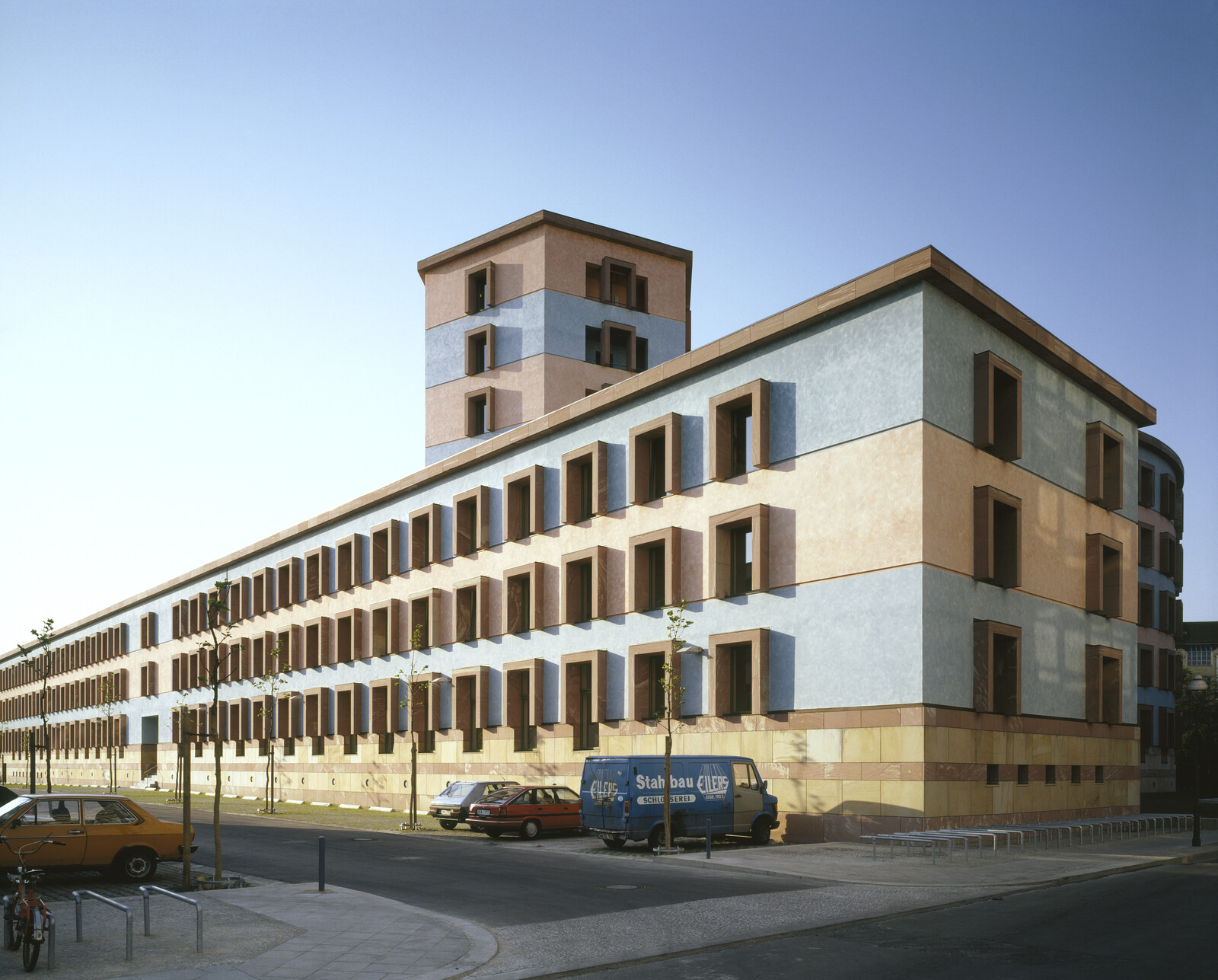


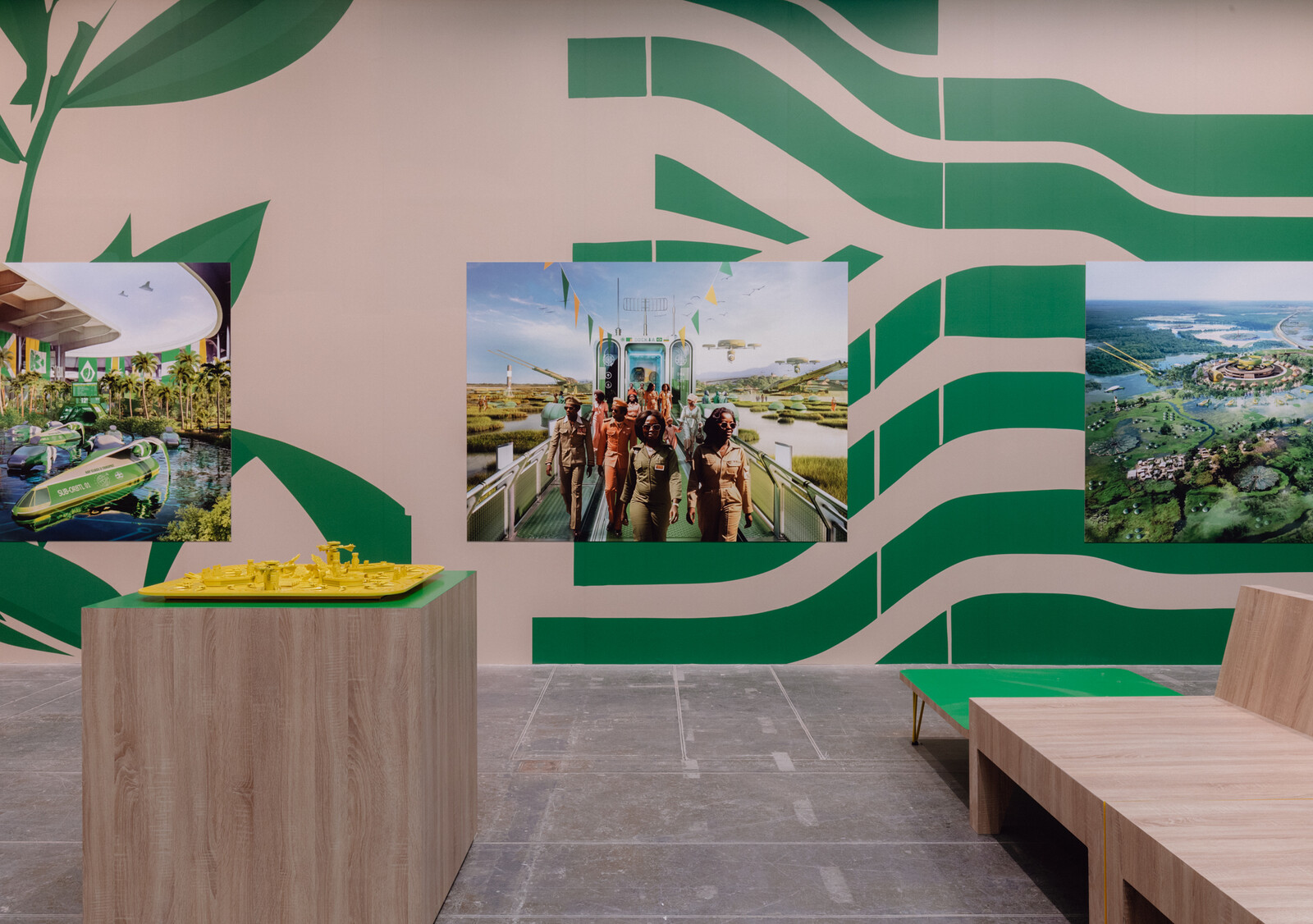




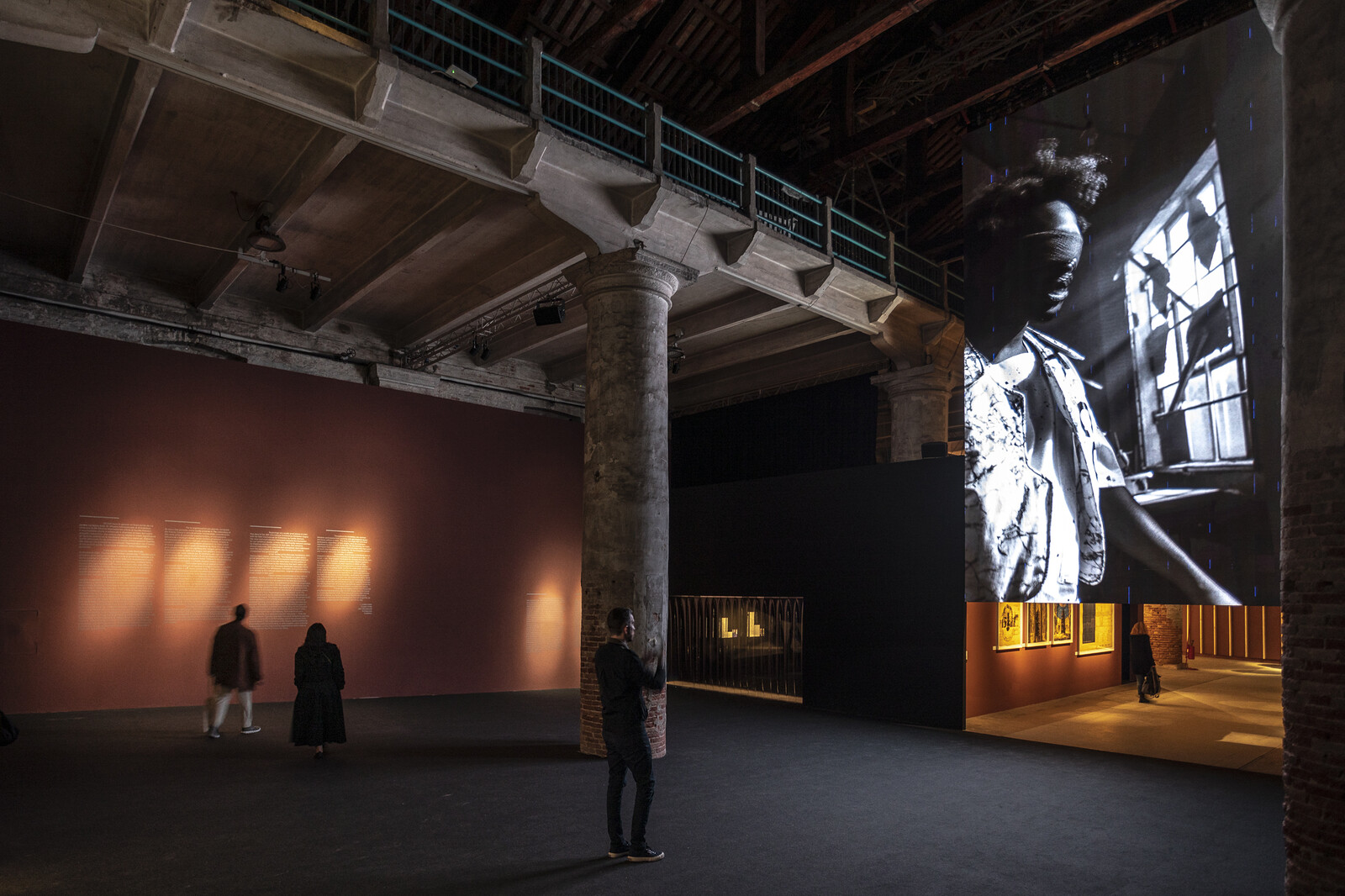







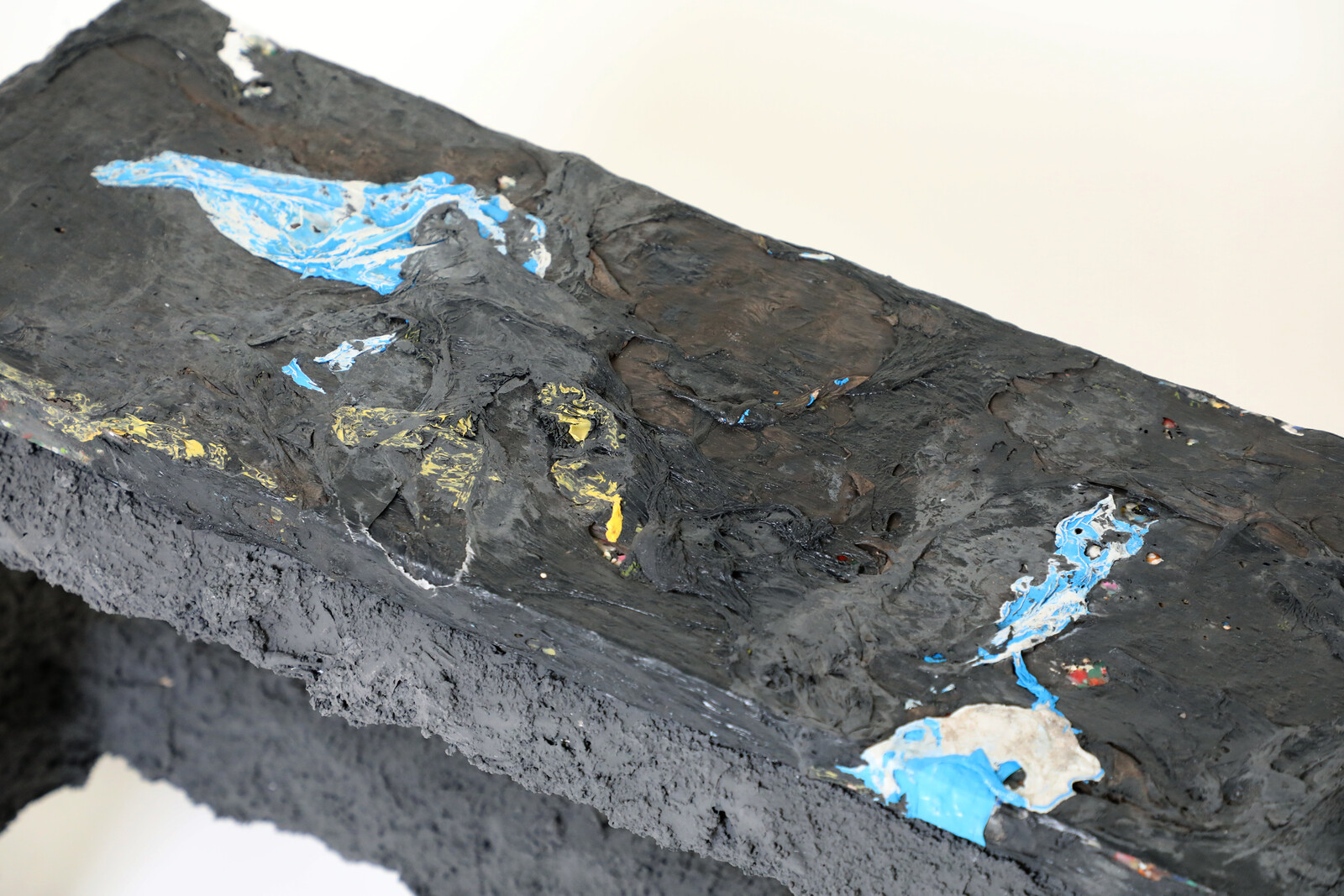





(2014).jpg,1600)











,-2003,-srgb.jpg,1600)





